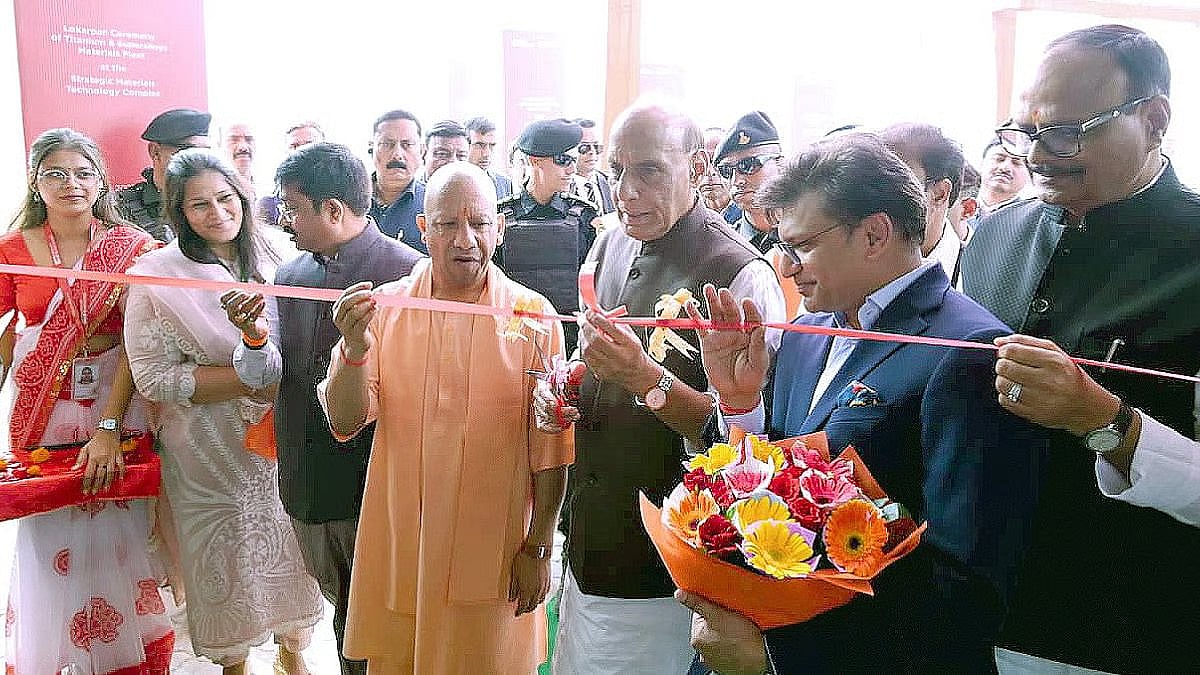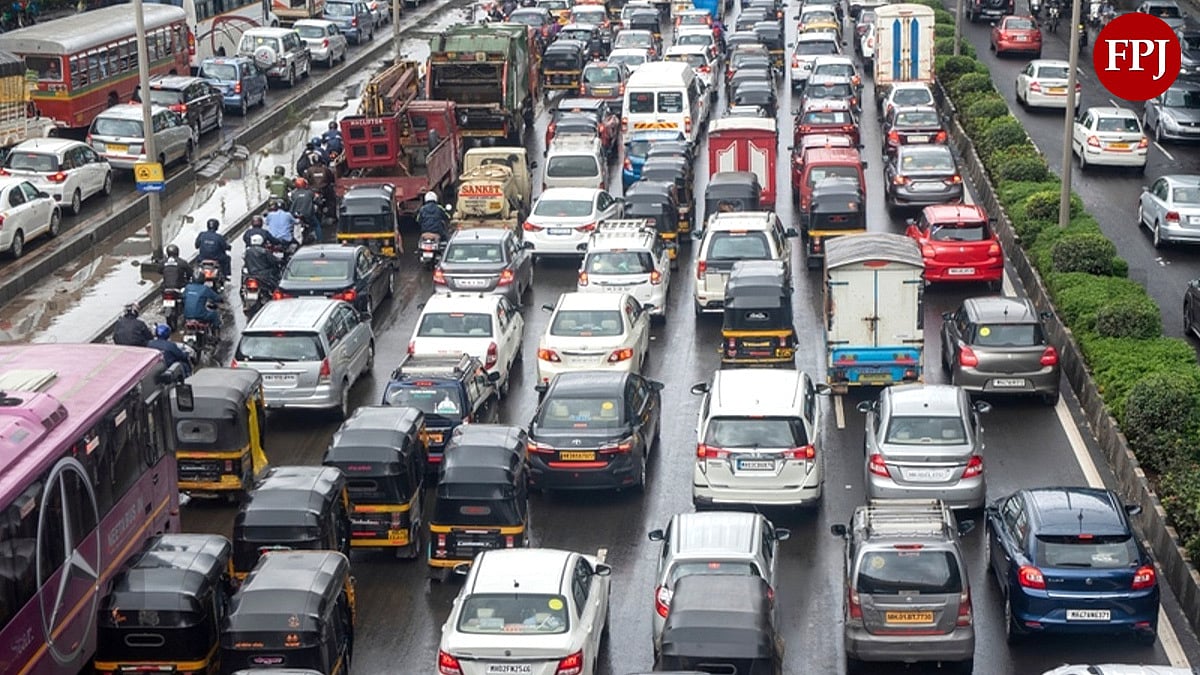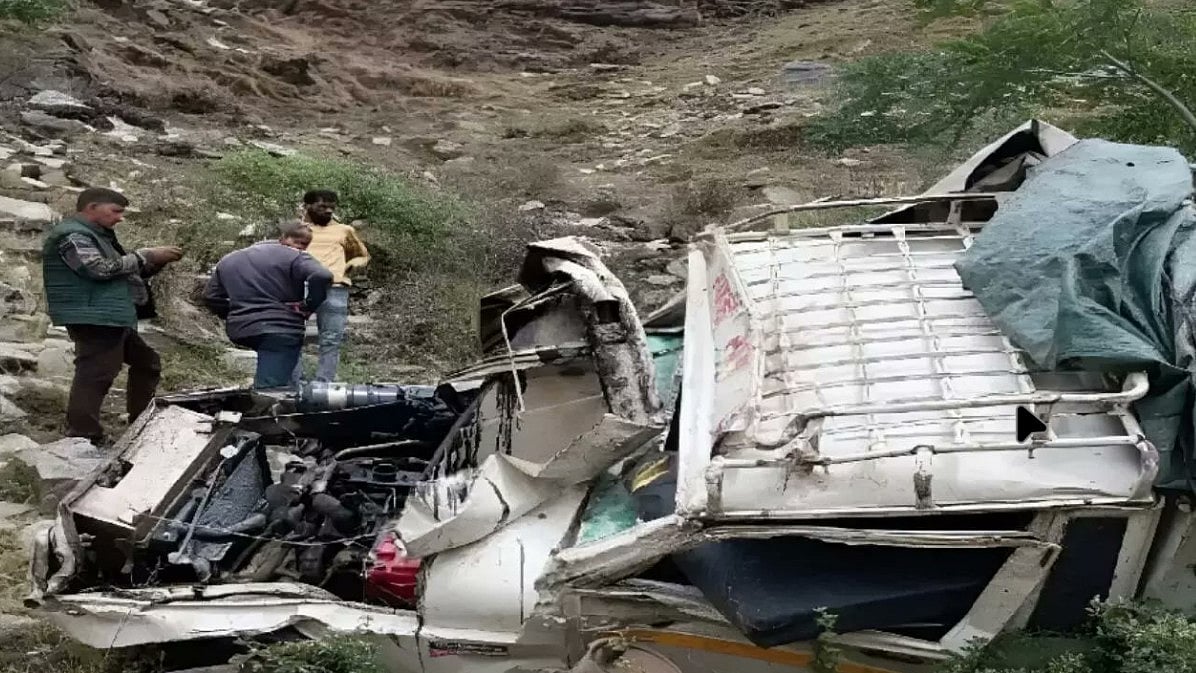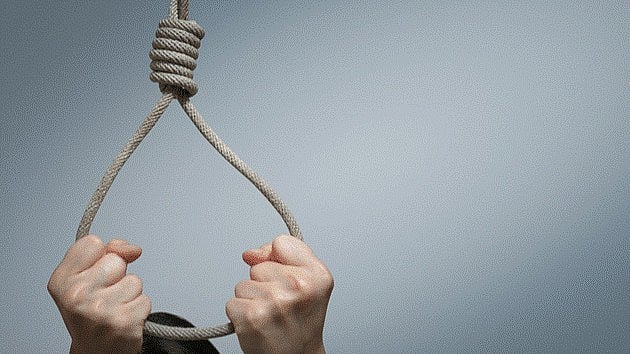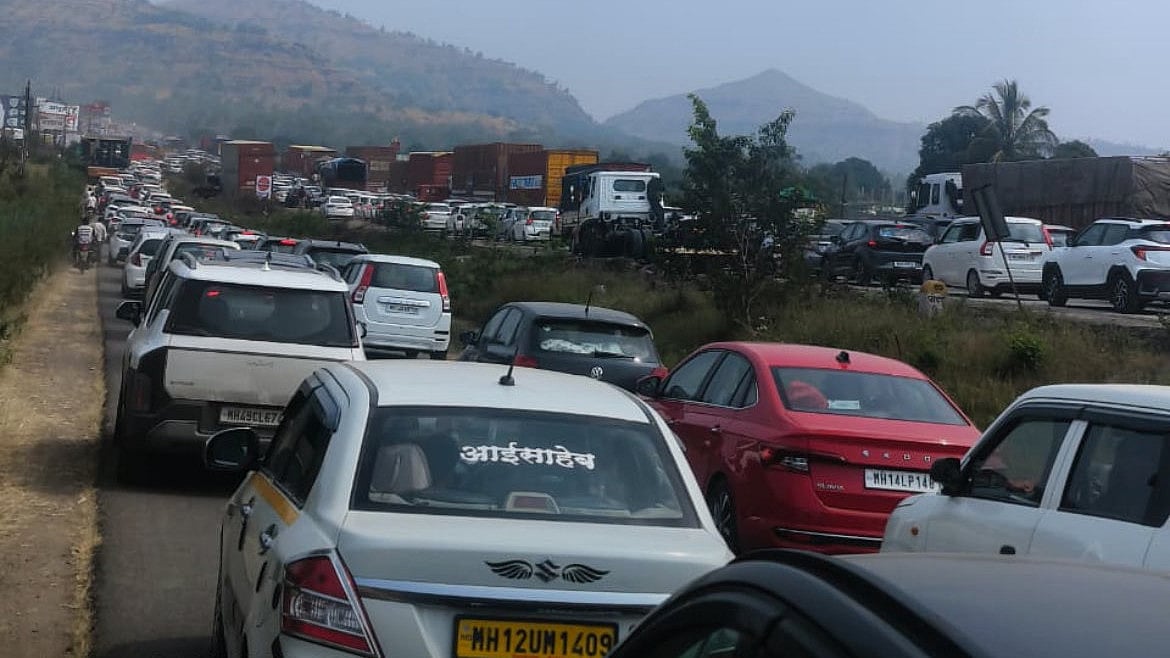As Guillain-Barré Syndrome (GBS) cases continue to rise in Pune, the water in the city has now come under the scanner of authorities. Although the Pune Municipal Corporation (PMC) has maintained that the water provided by them is not contaminated, the recent study has revealed that water from at least eight sources, including those in areas affected by the GBS outbreak, has tested positive for bacterial contamination.
The citizens have been urged to take every possible care to keep the water quality good, drink boiled water, keep food fresh and clean, and avoid infection by not keeping cooked and uncooked food items together.
Even Maharashtra Chief Minister Devendra Fadnavis has appealed to residents to drink boiled water.
How Long Should You Boil Water To Kill Bacteria Amid Rising GBS Cases?
However, now the question of how long one should boil water has come into focus. When we checked the World Health Organisation (WHO) and Centers for Disease Control and Prevention, we found the answer to this query.
The CDC recommends boiling water for at least one minute to create a rolling boil. This is enough time to kill most bacteria, protozoa, and viruses.
The standard recommendation for boiling water is a FULL ROLLING BOIL for ONE MINUTE and COOL BEFORE USE.
The process of heating water to a rolling boil, as recommended in the WHO Guidelines for Drinking-water Quality (WHO, 2011), is sufficient to inactivate pathogenic bacteria, viruses, and protozoa. After the water has reached a rolling boil, it should be removed from the heat, allowed to cool naturally, without the addition of ice, and protected from post-treatment recontamination during storage. If turbid water needs to be clarified for aesthetic reasons, this should be done before boiling.

Scientific basis for the efficacy of boiling
Bacteria are particularly sensitive to heat, and rapid kills – less than 1 minute per log (90%) reduction – are achieved at temperatures above 65 °C. Viruses are inactivated at temperatures between 60 °C and 65 °C, but more slowly than bacteria. However, as shown for poliovirus and hepatitis A, as temperatures increase above 70 °C, a greater than 5 log inactivation (99.999% reduction) is achieved in less than 1 minute. Cryptosporidium parvum oocysts are inactivated in less than 1 minute once temperatures exceed 70 °C. The data for Giardia cysts are more limited, but inactivation at temperatures ranging from 50 °C to 70 °C has been reported.
PMC on action mode
Meanwhile, Pune municipal corporation (PMC) commissioner Rajendra Bhosale held a meeting of concerned departments and issued instructions to curb the prevalence of the disease.
The Water Supply and Drainage Departments were asked to implement measures regarding water supply and drainage in Pune city and the newly merged 23 villages. "The Water Supply Department should take necessary steps to cover water tanks and wells with tarpaulin and fencing. Instructions should be given to tanker operators supplying water, and a meeting should be organized with them to provide guidelines and advisory measures regarding diseases," said a release issued by the PMC.



